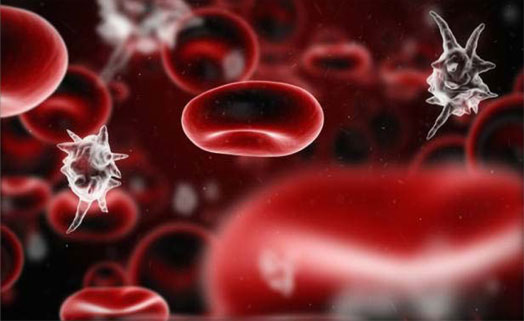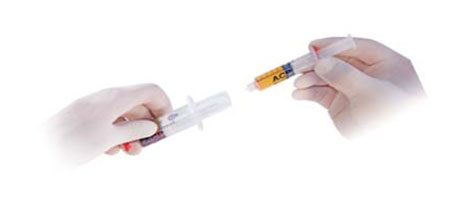 What is Platelet Rich Plasma (PRP)?
What is Platelet Rich Plasma (PRP)?
Blood is mainly a liquid (called plasma), it also contains small solid components (red blood cells, white blood cells, and platelets.) The platelets are best known for their importance in clotting blood but they also contain hundreds of proteins called growth factors which play a crucial role in tissue repair and regeneration.

Platelet Rich Plasma (PRP) is plasma with many more platelets than what is typically found in blood. The concentration of platelets — and, thereby, the concentration of growth factors — can be 5 to 10 times greater (or richer) than usual. This increased concentration of platelets can help speed up the healing process.
 Treatments:
Treatments:
- Joint Injuries
- Ligament, Cartilage, & Tendon Injuries
- Back & Neck Pain
- Osteoarthritis
How does the PRP procedure work?
Your healthcare provider will recover a small amount of your blood and place it in a centrifuge. This centrifuge will spin at a high rate of speed and separate and concentrate your platelets. These platelets are then drawn into a syringe and injected into the treatment area to increase growth factors which will promote and accelerate healing of the damaged tissue. The entire process typically takes less than 30 minutes.

PRP Therapy & Osteoarthritis
PRP has been shown to inhibit inflammation and slow down the progression of OA. PRP may stimulate the formation of new cartilage and can reduce pain by increasing the production of natural lubricating fluids in the joint. It has been shown to contain proteins that alter a patient’s pain receptors, reducing the pain sensation.
Potential Benefits of PRP Therapy
- Very few contraindications
- Minimal risk
- Short recovery time
- Cost effective treatment
- Targeted and accelerated healing using the body’s own healing elements
- Rapid results with long-term benefits
- Natural, visible improvement without artificial enhancement
- High level of patient satisfaction and significant return on investment
Am I a candidate for PRP Therapy?
Speak with your physician and ask if PRP therapy is right for you. Your physician will perform an examination to make a determination if the use of PRP will benefit you.
Will my insurance cover PRP Therapy?
While PRP treatments have been around for many years, most insurance companies still consider this treatment experimental and the patient is responsible for the cost. In some cases, HSA and FSA accounts can be used to pay for the procedure, however it is your responsibility to call and check with them ahead of time.
What can I expect after my PRP Injection?
Initially, the procedure may cause some localized discomfort and swelling which may last up to one week due to a stimulation of the inflammatory response, which is necessary for healing. A recommendation of ice, elevation, reduced activity and permissible medications will be discussed by your doctor.
![]() Download PRP Injection Procedural Instructions
Download PRP Injection Procedural Instructions
